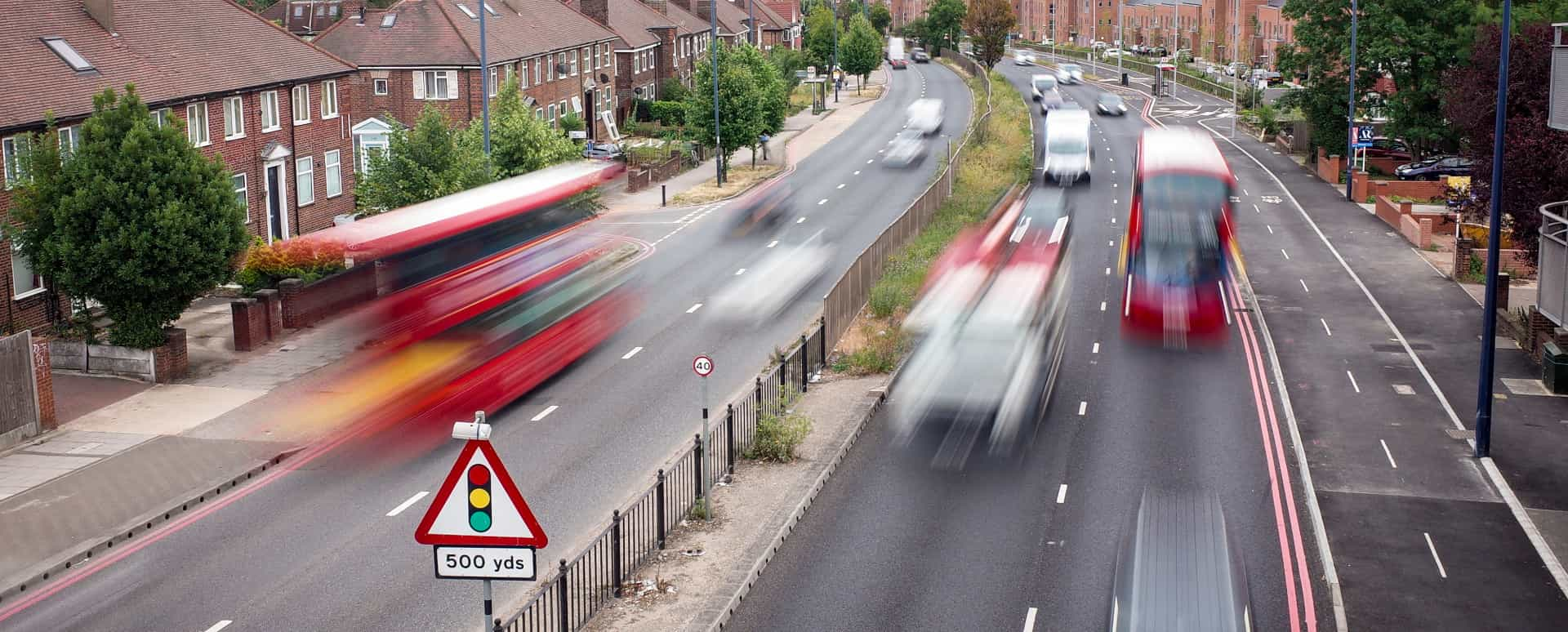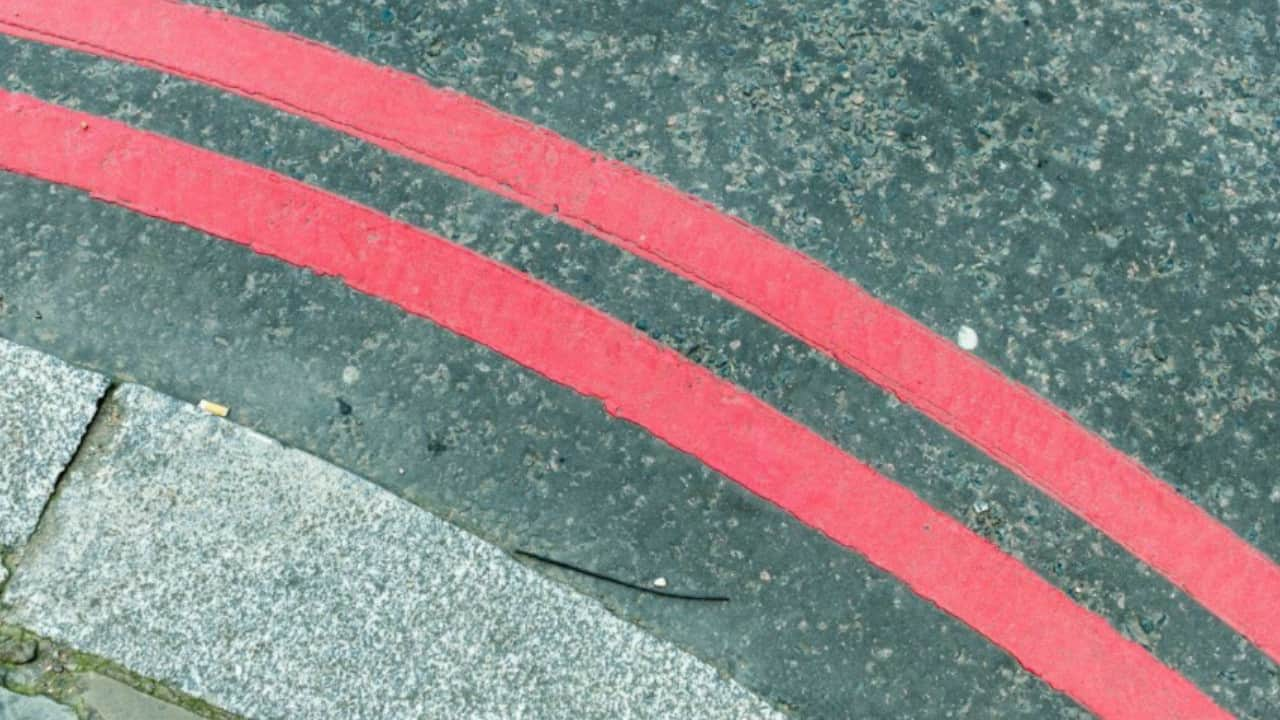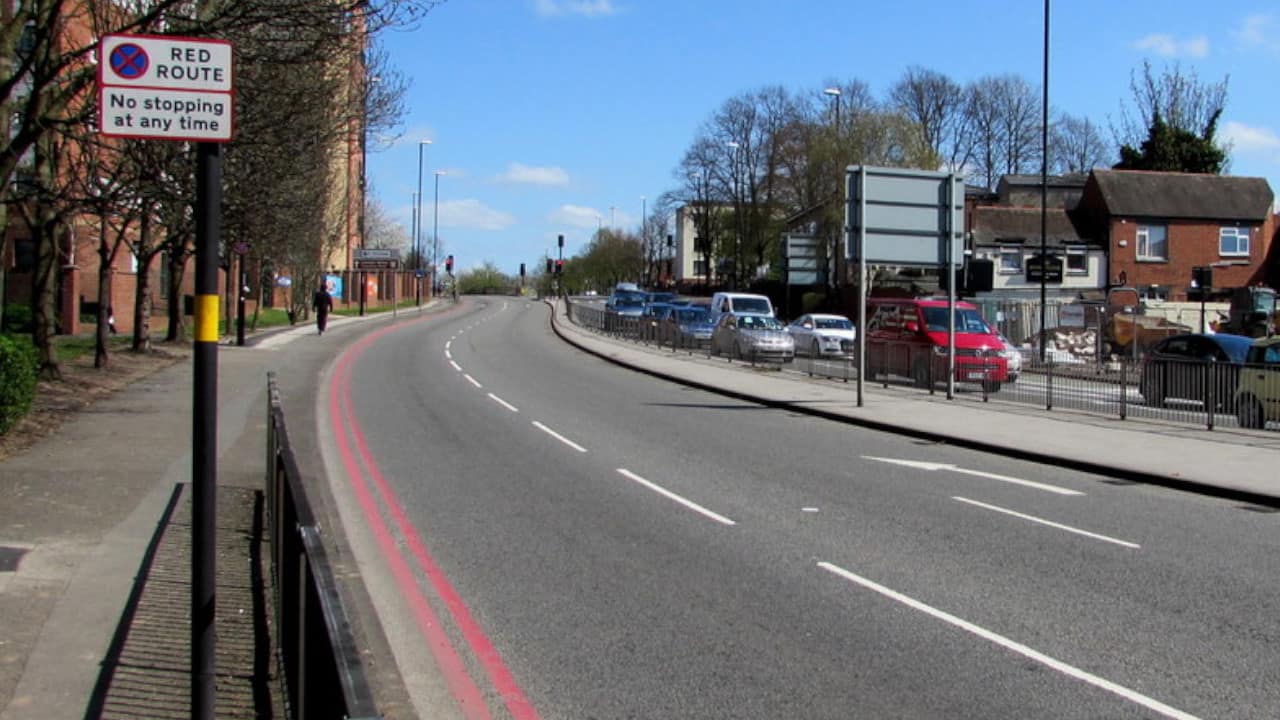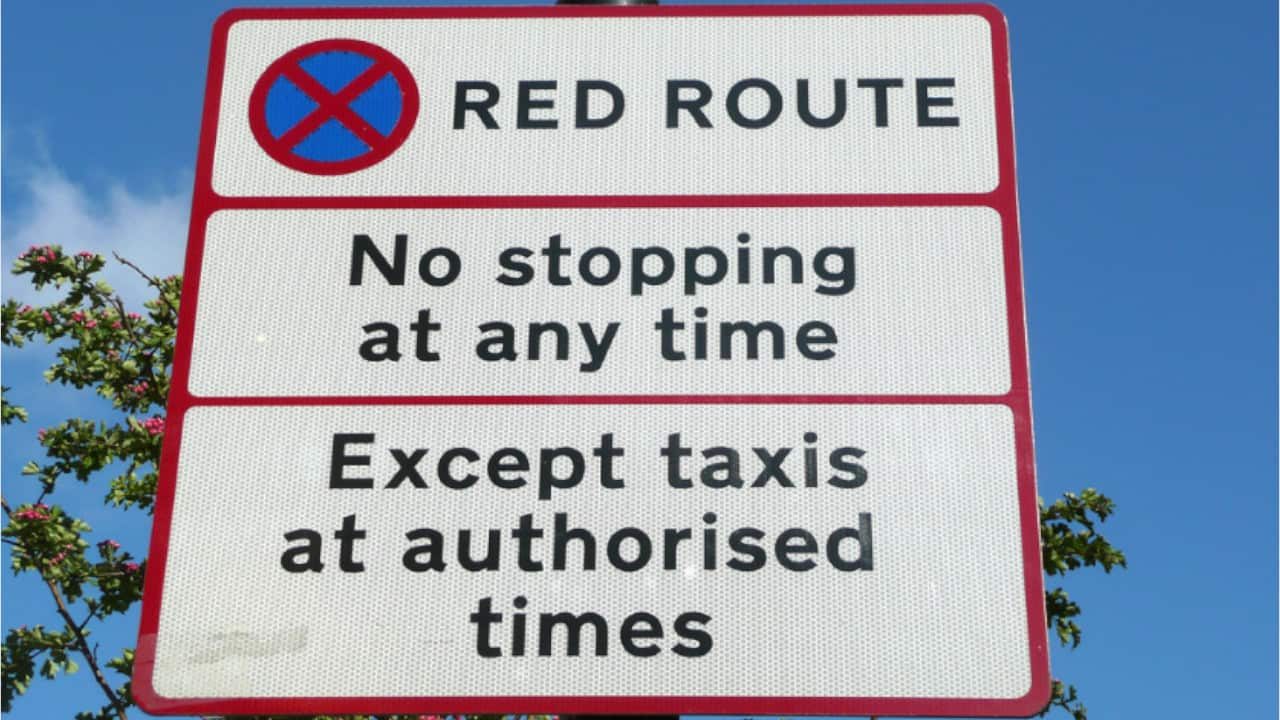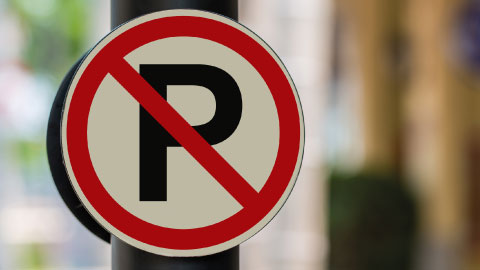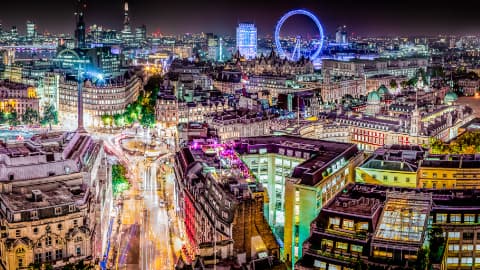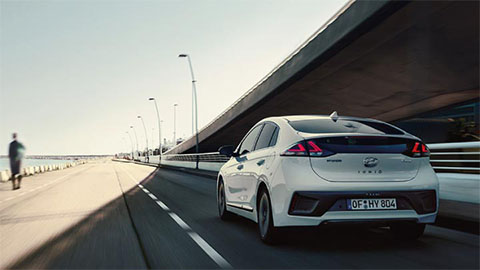What is a red route?
If you've ever driven in a busy UK city, you may have noticed roads lined with bright red paint. These designated red stretches of road are known as red routes, and they're specifically designed to keep traffic flowing smoothly in busy areas. They're prominent on major roads where congestion is a common issue.
But what exactly does a red route signify? Put simply, it all boils down to stopping restrictions. Unlike standard roads where stopping and parking might be allowed at certain times, red routes heavily restrict stopping throughout most, if not all, of the day. This keeps traffic moving and prevents congestion from building up.
Read on to explore the different types of red routes, the rules that govern them, and the benefits they bring to busy city roads.
Rules of red routes
Red routes are all about keeping traffic flowing freely. While the overall goal is clear, the specific rules can vary slightly depending on the type of red route you encounter. Here's a breakdown of the key distinctions:
- Single Red Lines: Stopping is prohibited during the times displayed on nearby signs. These times typically coincide with peak traffic hours, but always double-check the signage for specific restrictions. In some cases, a brief stop to load or unload passengers might be permitted, but be sure to check the signs and avoid causing any obstruction.
- Double Red Lines: This is the strictest form of red route. Stopping is never allowed, at any time of day or night. Double red lines are usually found on particularly busy roads, where even momentary stopping can significantly disrupt traffic flow.
- Red Route Clearway: Consider this an extension of a double red line, with even tighter restrictions. Not only can you not stop, but you also can't wait in stationary traffic. This applies to situations like broken down vehicles or traffic jams. Red route clearways are typically used on very short stretches of road where even a momentary pause in traffic flow can cause significant issues.
Benefits of red routes
While red routes might seem challenging at first glance, with their strict stopping restrictions, they offer a surprising number of advantages for both drivers and pedestrians, such as:
Reduced Congestion
The primary benefit of red routes is their ability to keep traffic flowing. By preventing stopping and parking throughout most of the day, red routes eliminate a major cause of traffic jams. This translates to shorter journey times for everyone, whether you're driving, taking the bus, or cycling.
Improved Bus Services
Red routes are a boon for public transport. With fewer obstacles on the road, buses can travel more reliably and efficiently. This not only benefits bus passengers by reducing journey times but also encourages more people to use public transport, further reducing overall traffic congestion.
Safer Roads
Less stopping and starting on red routes means fewer opportunities for accidents. The smoother flow of traffic reduces the risk of rear-end collisions and other incidents that often occur when traffic comes to a standstill.
Boosted Economy
Efficient traffic flow on red routes keeps businesses moving. Deliveries can be made more promptly, and people can travel to work or appointments with less hassle. This contributes to a more productive and economical city centre.
Parking on a red route
A sign will be in the vicinity of the red route, and the times that you're prohibited from being in a red route will be stated on the sign. However, if the red route has a double red line, it's against the law to stop at this point at any time.
There are occasional times when motorists are permitted to park on a red route, load and unload. You can do so in specially marked boxes, and these bays will have adjacent signs, which specify the times, purposes, and duration allowed.
If the box is outlined in red, you may park on the red route, but only for the purpose specified on the nearby sign for part of the day.
If the box is painted in white, you may park in it throughout the day, however, it's best to consult the adjacent sign, as there may be strict sanctions on when and how long you can park for.
Frequently Asked Questions
On single red lines, you might be able to stop briefly to drop off a passenger if signage allows it. Double red lines and red route clearways are a no-go for stopping at any time, even to drop someone off.
If you park on a double red line, you'll likely receive a Penalty Charge Notice (PCN) fine. The amount can vary depending on the local authority.
Yes, red routes are used in many cities across the UK.
Red route clearways have the strictest stopping restrictions. You can't stop or even wait in stationary traffic, under any circumstances.
On single red lines, Blue Badge holders might be able to park during restricted times, but only if local signage explicitly allows it. Double red lines and red route clearways are always off-limits for parking, even with a Blue Badge.
In a genuine emergency, like a sudden medical event, you should stop where it's safe to do so and turn on your hazard lights. However, contact the emergency services as soon as possible and explain the situation.
Navigate red routes with confidence
Red routes might seem daunting, but understanding their purpose and the rules that govern them can make navigating busy city streets a breeze. Remember, these restrictions are in place to keep traffic flowing smoothly, benefiting drivers, pedestrians, and public transport users alike.
For more information about road markings, on-street parking laws, and general rules of the road, visit our blog, which is regularly updated with the latest owner's guides and automotive insight.
Where to next?
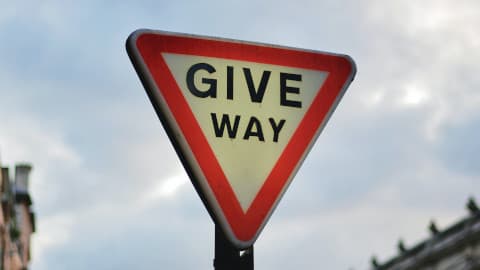
Rare Road Signs in the UK and What They Mean

